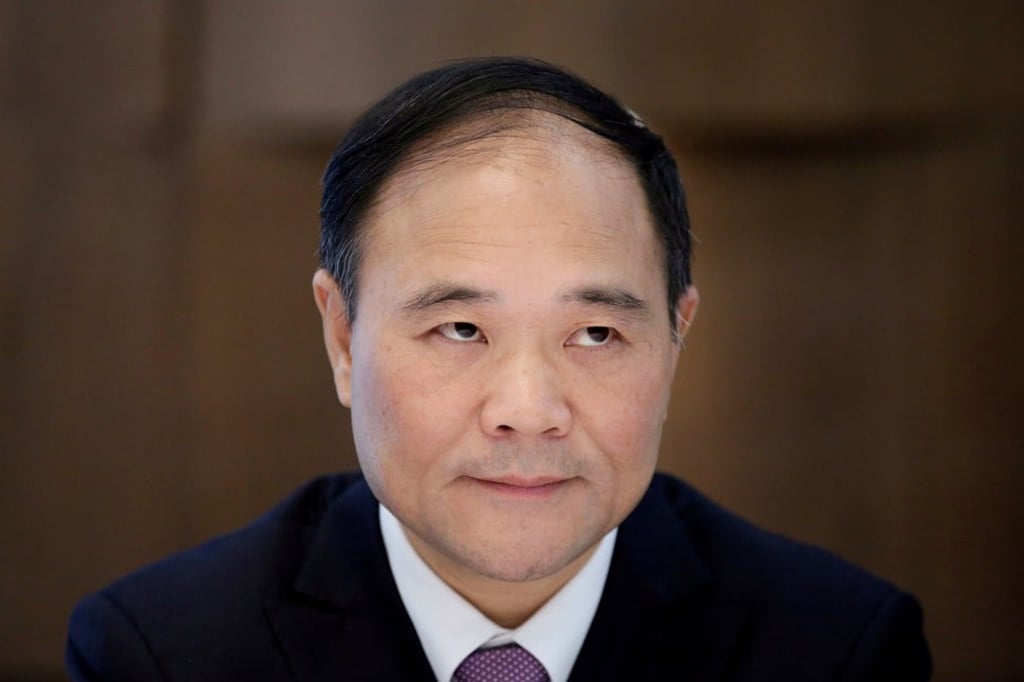Will China’s stalling shopping spree regain its pace in 2018? Geely and Fosun offer a clue

When Geely Automobile’s first compact car, the CK, rolled off the assembly line at Li Shufu’s factory in Hangzhou, it was a lookalike of a Mercedes-Benz W203 C-Class sedan, featuring the German marque’s horizontal bar grille and round headlamps. The resemblance was close enough for Mercedes’ owner Daimler AG to issue a cease-and-desist letter to Li to stop the knock-off.
In his own defence, Li famously observed that a car is essentially the combination of four wheels, an engine with two sofas. “By taking down a car part by part, one gets a basic idea of how a car is put together,” he said during a 2009 interview with state broadcaster China Central Television.

In 2006, Geely paid US$1.9 billion to buy Volvo Cars as well as Manganese Bronze, the company that assembles the iconic London black taxi.
That’s no mean feat for a farmer’s son from Taizhou, a city of 6 million people in the hub of China’s private entrepreneurship. Wenzhou, the global factory for shoes and cigarette lighters, lies to the south, while the provincial capital Hangzhou - home to the world’s biggest online shopping platform Alibaba Group Holdings - lies further north.